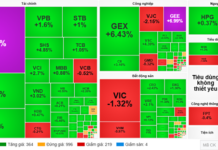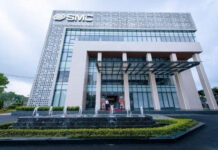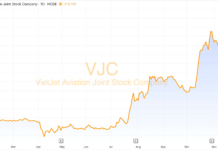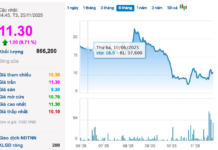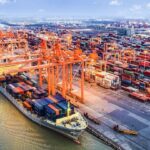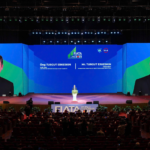Taking place in Hanoi from October 6-10, the FIATA World Congress 2025 brings together leading industry experts, top business leaders, and key players in logistics, transportation, and freight forwarding.
Hosted by the Vietnam Logistics Business Association (VLA) in collaboration with FIATA and international partners, this marks the first time Vietnam has hosted the event. Its primary goal is to promote green transformation, enhance supply chain resilience, and underscore the role of logistics in sustainable development.
On the afternoon of October 9, delegates engaged in discussions on new-generation economic corridors and transport routes, aiming to strengthen regional connectivity for global integration.
Transport corridors are not just routes but economic networks
Mr. Turgut Erkeskin, Chairman of FIATA, emphasized the importance of new-generation transport corridors. He noted that while traditional corridors merely connected two points, modern corridors are now economic networks fostering sustainability and resilience against global shocks.
The FIATA Chairman highlighted the symbiotic relationship between economic development and logistics, with logistics now playing a pivotal role in economic growth. “Without new corridors and transport routes, economies cannot function effectively,” he stated.
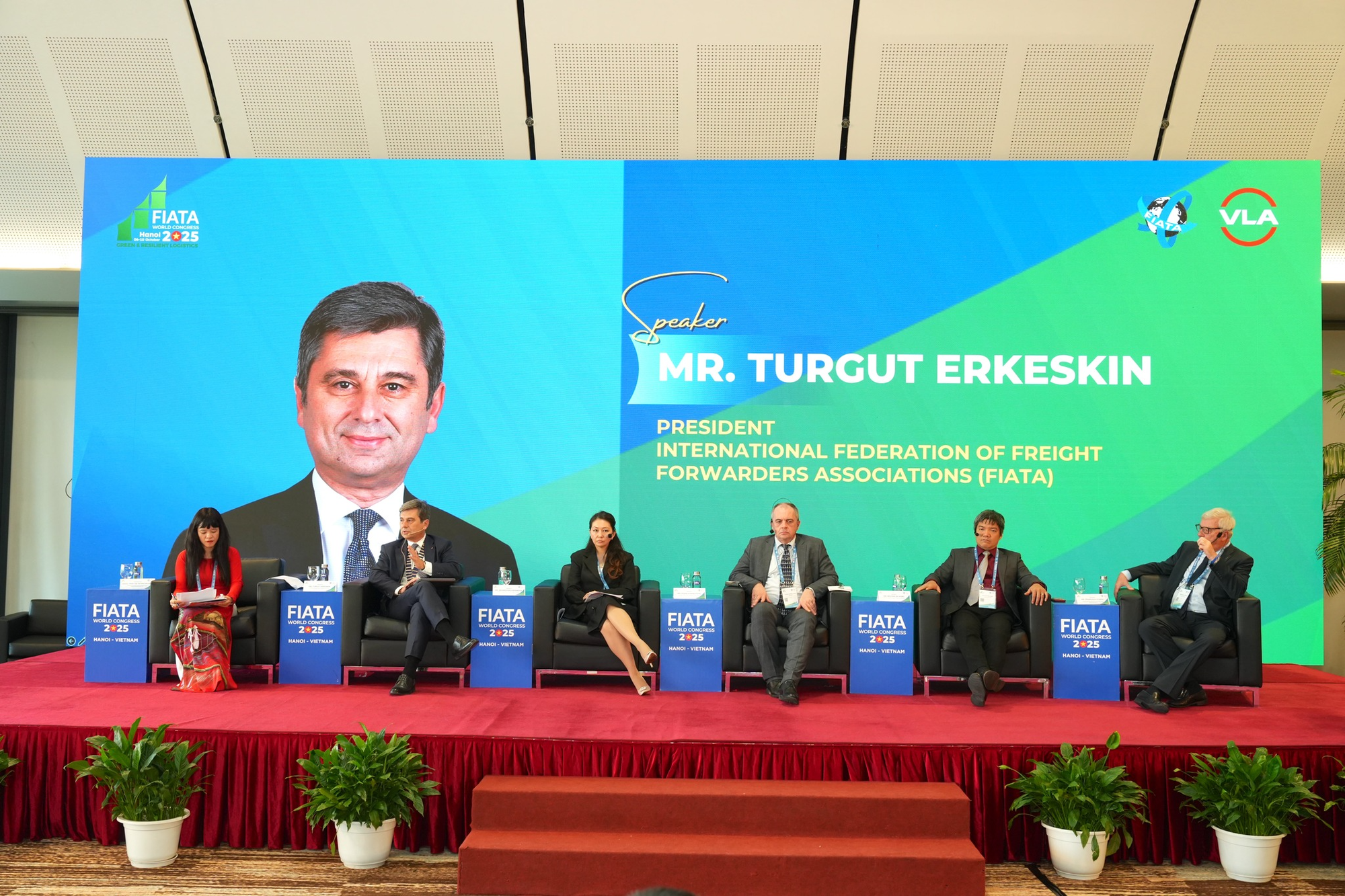
Delegates at the discussion session
Mr. Turgut stressed that many traditional corridors are no longer efficient, driving the need for alternatives. However, these alternatives often face bottlenecks due to varying regulations, procedures, and systems across countries, leading to a lack of seamlessness.
New-generation corridors, therefore, require not only multimodal capabilities but also interoperability. This can be achieved through digital transformation, ensuring smooth data and cargo flow.
Additionally, the FIATA Chairman noted that transport corridors and networks are not competitors but collaborators. For global supply chains to operate efficiently, all corridors must be ready to leverage their potential at any time.
“No single transport corridor can handle all global cargo. Thus, we need diverse corridors in various forms,” Mr. Turgut Erkeskin concluded.
How should new-generation transport corridors be developed?
From a technological perspective, Ms. Zhanar Bagasharova, Business Development Director at DTC, pointed out that each country has distinct systems. The key to developing effective digital corridors lies in optimizing and enhancing interoperability between systems, despite differences in foundations, data architectures, and technological approaches.
She also emphasized the critical role of AI and digital transformation in building new-generation corridors. Integrating predictive AI into digital platforms, she noted, will make transport corridors more adaptable and resilient to global fluctuations.
A prime example is EPFL, a blockchain-secured electronic transport document. Digitizing such documents not only enables swift and transparent data transfer but also opens avenues for cross-border trade finance solutions by establishing digital trust and reducing reliance on traditional paperwork.
Ms. Bagasharova asserted that new-generation corridors cannot rely solely on physical infrastructure. Instead, they must form a data-driven ecosystem connecting logistics providers, traders, financial institutions, customs, and ports.
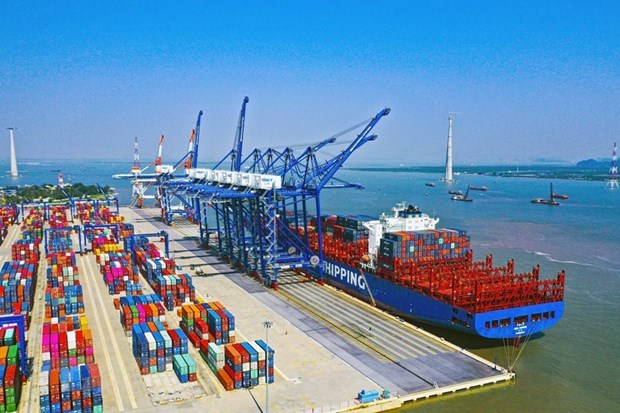
New-generation transport corridors require a data-driven ecosystem, not just physical infrastructure
During the discussion, Mr. Nguyen Ba Hung, Chief Economist at ADB, shared insights on financial mechanisms and economic policies to ensure sustainable and comprehensive development of new-generation transport corridors.
He emphasized that transportation infrastructure is a prerequisite. From a policy standpoint, countries need clear investment strategies, potentially combining public and private investments, as well as public-private partnerships (PPPs), which are crucial for infrastructure development.
“However, we must go further,” Mr. Hung stressed. Economic policies should encourage market development, including trade aspects like preferential trade regimes and free trade zones, to boost commerce.
Beyond trade, economic policies should also incentivize private investment and attract foreign direct investment (FDI) to increase the private sector’s share in the economy.
Regarding financial mechanisms, the ADB expert highlighted the growing importance of supply chain finance, where large enterprises support smaller ones within the same supply chain, easing access to capital for smaller businesses.
“When integrated into a supply chain and supported by larger enterprises, small businesses gain better access to financing for their growth,” Mr. Hung concluded.
Unlocking Vietnam’s Business Potential in the $80 Billion Market
According to Mr. Dao Trong Khoa, Chairman of the Vietnam Logistics Business Association, Vietnam’s logistics sector currently boasts a market size of approximately $70–80 billion, with the potential to emerge as a new logistics hub within the ASEAN region.
“Mega Port” by Bau Hien Set to Feature Massive Air Cargo Warehouse Expansion
At the International Federation of Freight Forwarders Associations World Congress (FWC 2025), Vietnam SuperPortTM, a joint venture between YCH Group (Singapore) and T&T Group (Vietnam), unveiled its groundbreaking Airside Warehouse. This state-of-the-art facility stands as a cornerstone of the multimodal logistics hub located in Phu Tho Province.
Launchpad for Vietnam’s Logistics and E-commerce to Conquer the Global Market
The FIATA World Congress 2025, the premier global logistics event, will make its debut in Hanoi from October 6th to 10th. This landmark occasion marks the first time the prestigious congress will be held in Vietnam, bringing together industry leaders, innovators, and experts from around the world to shape the future of logistics.

